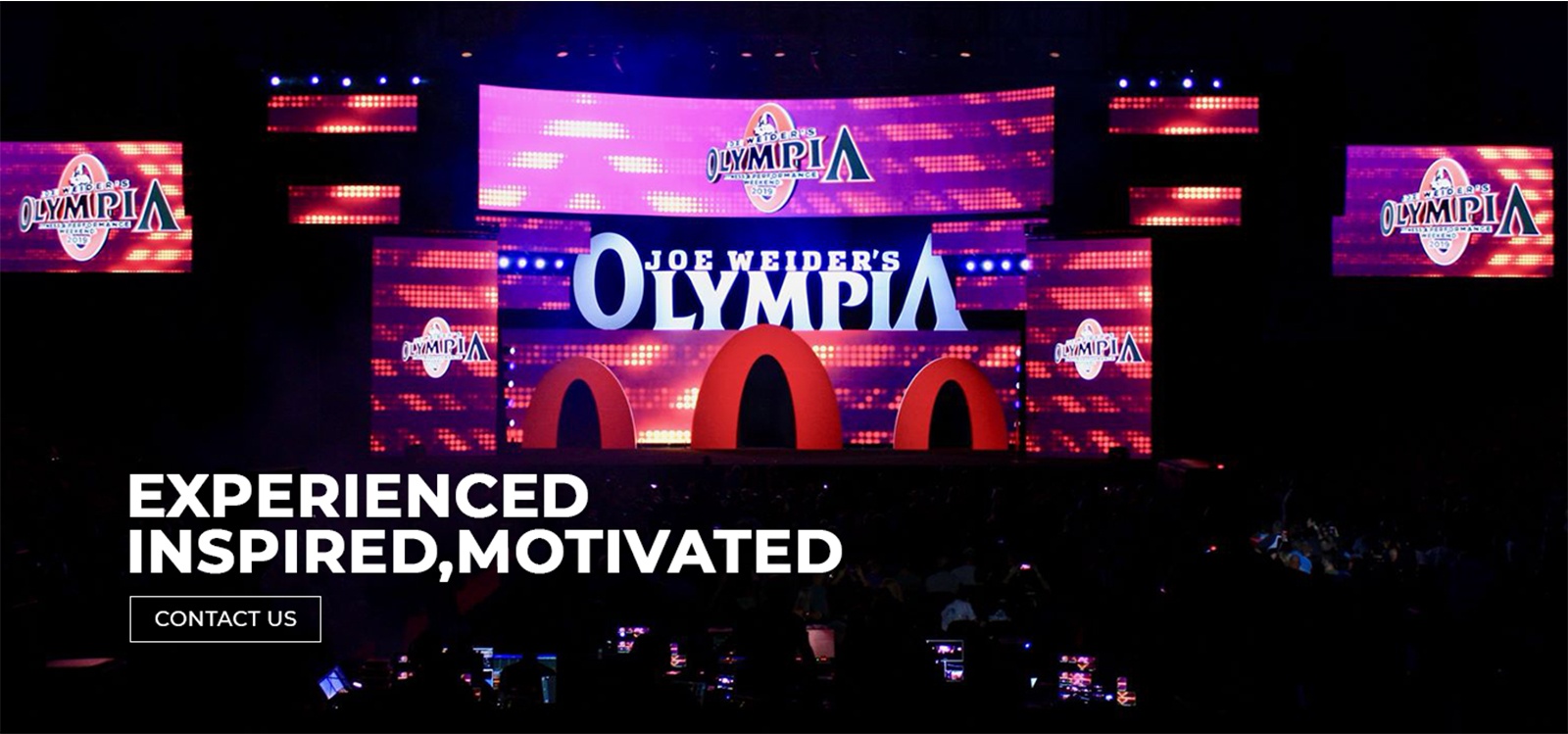Transforming Audience Interaction Through Engaging Virtual Reality Experiences within Live Productions
Transforming Audience Interaction Through Engaging Virtual Reality Experiences within Live Productions
Blog Article
Within recent years, digital VR has emerged as potent tool for boosting audience engagement in real-time productions. This innovation enables audiences to immerse themselves in a 3D setting, creating a unique experience that conventional formats cannot replicate. Through utilizing VR, creators can move viewers into the heart of the action, causing them sense as if they are integral of the show. This groundbreaking method not only captivates viewers but also opens up new possibilities for storytelling and interaction.
One of the primary advantages of employing VR in live productions is the capability to forge a greater engaging encounter. Viewers can engage with the performance in real-time, influencing the outcome or exploring different perspectives. For example, in a stage show, audiences wearing VR goggles can choose to follow specific characters or scenes, enabling them to customize their encounter. This degree of engagement cultivates a more profound bond between the viewers and the show, rendering it even unforgettable and significant.
Additionally, VR tools can enhance the visual and auditory elements of a real-time performance. Using top-notch visuals and audio engineering, creators can create breathtaking settings that attract audiences in. This engaging characteristic can raise the complete encounter, rendering it even more captivating and pleasurable. For example, a musical performance can be converted into a multi-sensory experience, click where fans experience as if they are on stage with the artists. Such improvements not just draw bigger audiences but also encourage return attendance, as viewers seek to relive the excitement.
Alongside enhancing viewer involvement, VR can also offer insightful data for creators. Through examining how audiences engage with the digital setting, producers can gather data on audience preferences and behaviors. This information can inform future productions, helping to tailor content to better meet the needs and desires of the audience. As a result, VR not only enhances the present encounter but also contributes to the development of real-time productions as a whole.
As the technology continues to advance, the possibilities for VR in real-time performances is immense. From theater and concerts to sports events and festivals, the opportunities are limitless. Through adopting this cutting-edge approach, producers can revolutionize the way audiences engage with real-time performances. With more producers explore the incorporation of VR, it is probable that we will witness a change in how performances are designed and delivered, eventually resulting to a greater engaging and interactive future for real-time performances.